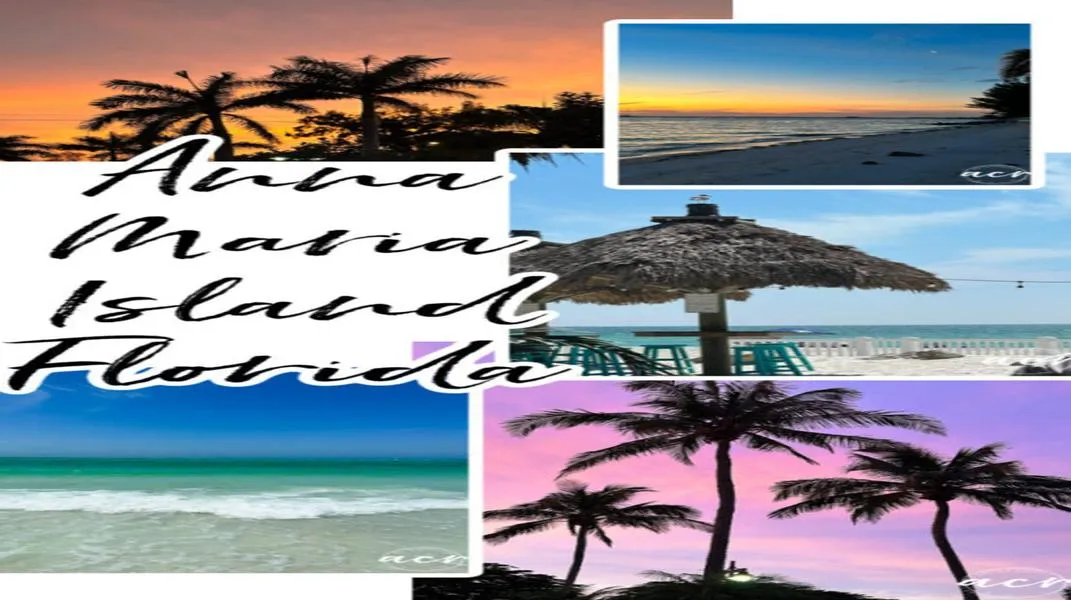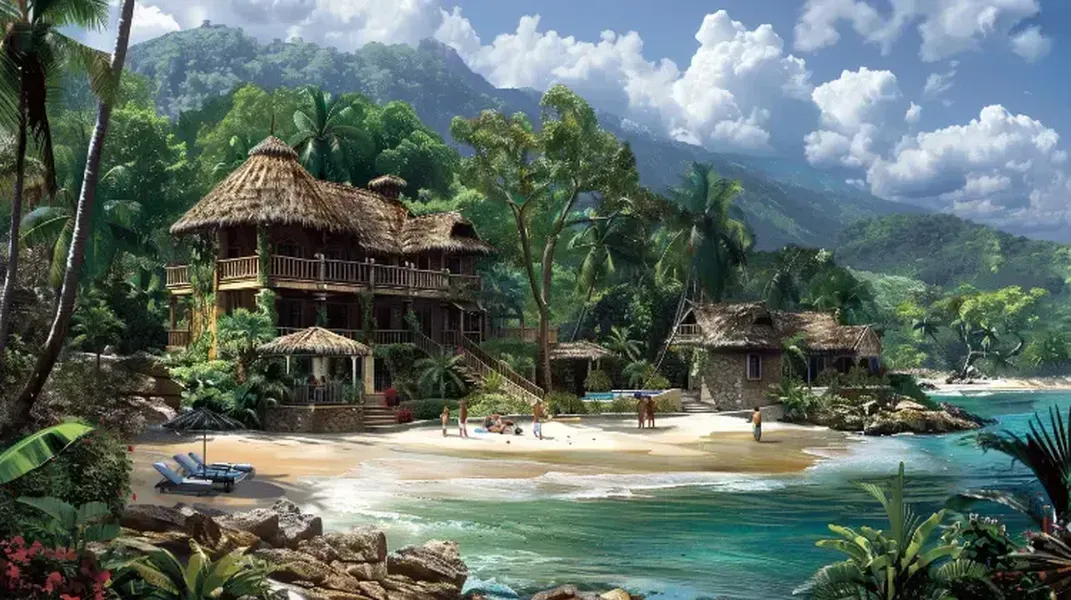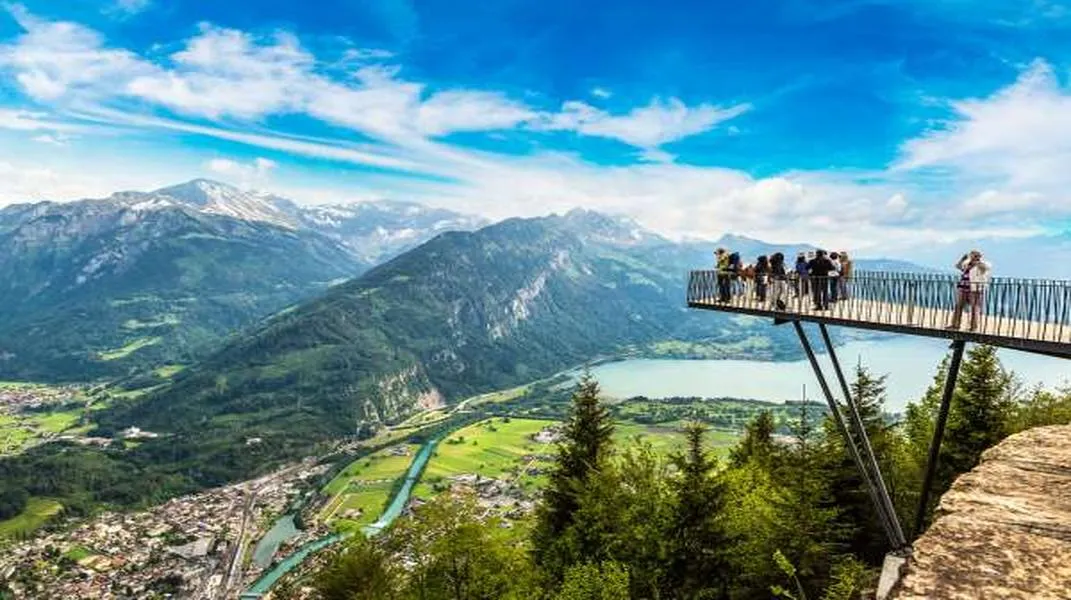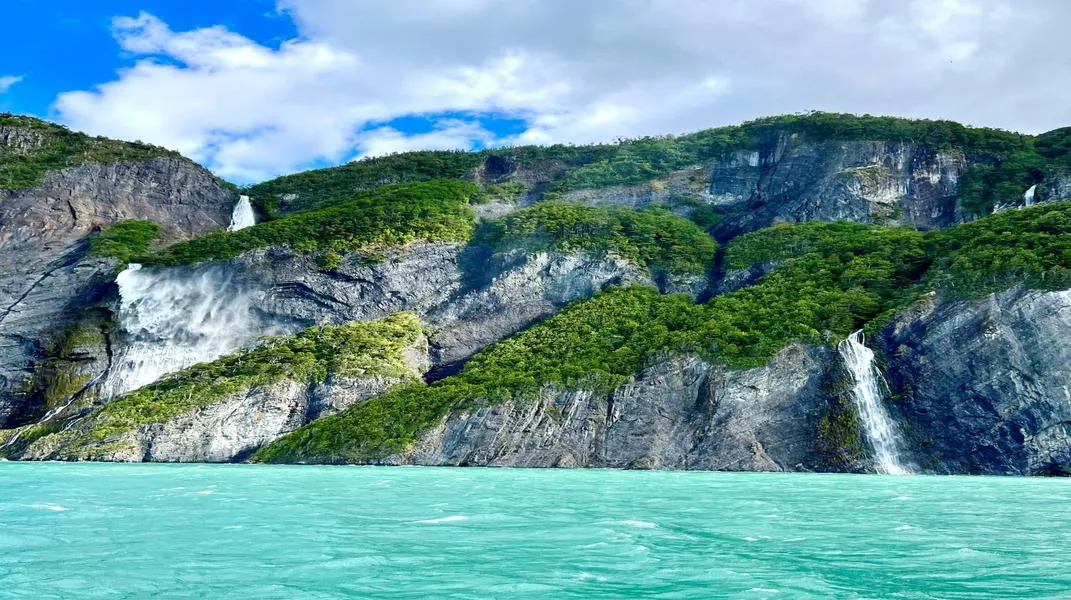Exploring Rioja: A Wine Lover’s Paradise
Nestled in the northern region of Spain, La Rioja is an enchanting destination renowned for its picturesque landscapes, rich cultural heritage, and, most significantly, its world-class vineyards. This region is a paradise for wine enthusiasts, history buffs, and nature lovers alike. With its rolling hills dotted with vineyards, charming medieval towns, and vibrant culinary scene, Rioja offers a unique blend of experiences that make it a must-visit destination. In this article, we will explore the allure of Rioja, its wine culture, key attractions, activities, and the essential materials you need to prepare for your visit.
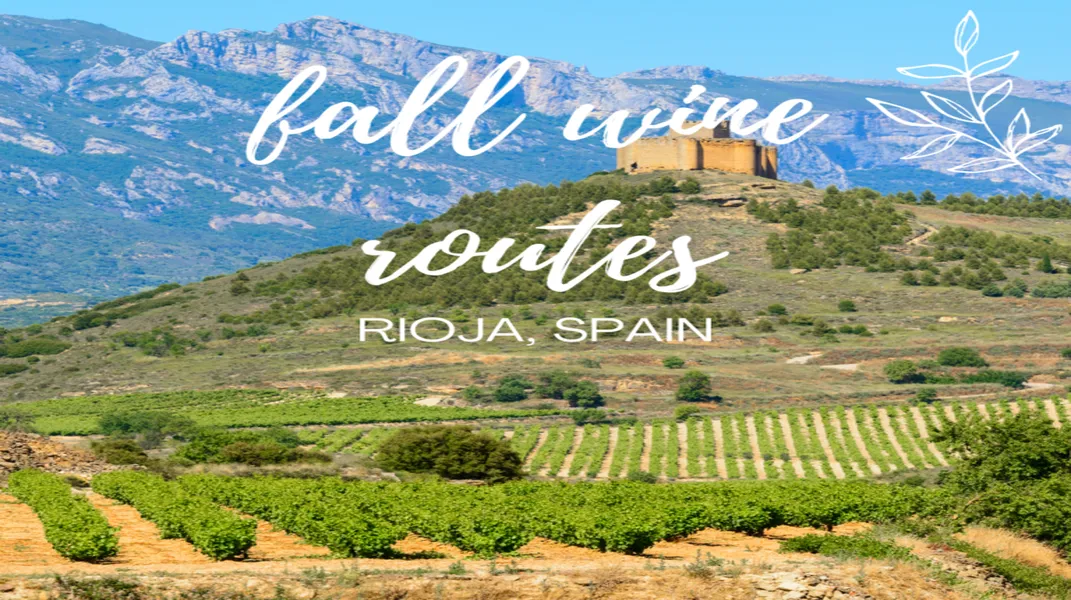
The Heart of Wine Country
La Rioja is synonymous with wine. The region is divided into three sub-regions: Rioja Alta, Rioja Baja, and Rioja Alavesa, each offering distinct terroirs that contribute to the diverse range of wines produced here. The climate is conducive to grape growing, characterized by hot, dry summers and cool winters. The soil is a mix of clay, limestone, and alluvial deposits, which helps to create the complex flavors found in Rioja wines, especially the celebrated Tempranillo grape.
A Brief History
The history of winemaking in Rioja dates back to the Roman era, continuing through the Middle Ages when monasteries played a pivotal role in wine production. In the 19th century, Rioja gained international recognition, thanks in part to the introduction of modern winemaking techniques by French vintners. Today, the region boasts over 600 wineries, producing a range of red, white, and rosé wines, with the red wines being the most prominent. Rioja wines are categorized into four designations: Rioja, Crianza, Reserva, and Gran Reserva, which are determined by aging processes and quality.
Key Attractions in Rioja
1. The Vineyards
A visit to Rioja wouldn't be complete without a tour of its stunning vineyards. Many wineries offer guided tours that take you through the vineyards, explaining the winemaking process from grape to glass. Some notable wineries include:
- Bodegas Marqués de Riscal: This iconic winery, designed by architect Frank Gehry, is a blend of modern architecture and traditional winemaking. Visitors can enjoy a wine tasting experience paired with gourmet dining options.
- Bodegas Ysios: Known for its striking architecture resembling the waves of the nearby Sierra de Cantabria mountains, Ysios offers tours that delve into the intricacies of wine production, along with tastings of their exceptional wines.
- Bodegas Roda: Located in Haro, this winery focuses on producing premium wines with a commitment to quality. The tours often include a walk through their barrel room and a tasting session of their signature wines.
2. Historic Towns
Rioja is home to several charming towns that reflect the region's rich heritage. Here are a few that are worth exploring:
- Haro: Known as the “Wine Capital of Rioja,” Haro is famous for its annual Wine Battle, where participants throw wine at each other in a celebratory frenzy. The town boasts beautiful architecture, including the Church of Santo Tomás and the Plaza de la Paz.
- Logroño: The capital of La Rioja is a vibrant city known for its tapas bars and bustling atmosphere. The Calle del Laurel is a must-visit for food lovers, offering a plethora of bars serving delectable pintxos and local wines.
- Briones: A picturesque village with medieval charm, Briones is home to the Wine Culture Museum, which provides insights into the region’s winemaking history. The town is also a great spot to enjoy panoramic views of the surrounding vineyards.
- San Vicente de la Sonsierra: This quaint village features narrow cobblestone streets and stunning views of the Ebro River. The Church of Santa María is a notable landmark, and the surrounding vineyards are perfect for leisurely walks.
3. Natural Beauty
Beyond the vineyards and towns, Rioja's natural landscapes offer a variety of outdoor activities. The Sierra de Cebollera Natural Park is a haven for hikers and nature enthusiasts, featuring lush forests, rivers, and wildlife. The park's trails provide breathtaking views of the surrounding mountains and valleys, making it an ideal spot for a day of exploration.
Culinary Delights
Rioja is not just about wine; it is also a gastronomic paradise. The region boasts a rich culinary tradition that emphasizes fresh, local ingredients. Must-try dishes include:
- Patatas a la Riojana: A hearty potato stew made with chorizo, peppers, and spices, perfect for warming up after a day of vineyard tours.
- Bacalao al Pil-Pil: A traditional cod dish prepared with garlic, olive oil, and chili peppers, showcasing the region's seafood influence.
- Pimientos Rellenos: Peppers stuffed with meat or rice, often served as a tapas dish, reflecting the region's culinary creativity.
To truly savor the local flavors, consider joining a food tour or cooking class, where you can learn to prepare authentic Rioja dishes while pairing them with the region's exquisite wines.
Preparing for Your Visit to Rioja
To ensure a memorable experience in Rioja, it’s essential to plan and prepare adequately. Here are some materials you’ll need to consider:
Travel Documentation
- Passport: Ensure your passport is valid for the duration of your stay in Spain.
- Visa: Check if you require a visa to enter Spain, depending on your nationality.
Transportation
- Car Rental: Renting a car is advisable for exploring the region at your own pace, especially since many wineries are located in rural areas. Ensure you have a valid driver’s license and familiarize yourself with local driving regulations.
- Public Transport: If you prefer not to drive, check train or bus schedules. The train connection between Logroño and Haro is convenient for wine tours.
Accommodations
- Hotels: Research and book accommodations in advance, considering options like boutique hotels, rural guesthouses, or luxury vineyard stays.
- Airbnbs: Alternatively, you can explore Airbnb options for a more personalized experience, often located in quaint villages.
Clothing and Gear
- Comfortable Footwear: Bring sturdy shoes for vineyard tours, hikes, and exploring towns.
- Weather-Appropriate Clothing: The weather can vary, so check the forecast and pack accordingly. Layers are recommended, especially during spring and fall.
- Sun Protection: Sunglasses, sunscreen, and hats are essential for outdoor activities during sunny days.
Wine Tasting Essentials
- Wine Journal: Consider bringing a notebook to jot down your impressions of the wines you taste. This can help you remember your favorites and enhance your overall experience.
- Reusable Water Bottle: Stay hydrated during your vineyard tours by carrying a refillable water bottle.
Local Currency
- Euros: Ensure you have some cash in euros for small purchases, especially in rural areas where card payments may not be accepted.
Language
- Basic Spanish Phrases: While many people in tourist areas speak English, knowing a few basic Spanish phrases can enhance your interactions with locals and show appreciation for the culture.
Wine Shipping
- Shipping Boxes: If you plan to purchase wine, check with the wineries about shipping options. Some may offer packaging for safe transport back home.
Conclusion
Rioja is a captivating destination that offers an unforgettable blend of breathtaking landscapes, rich history, and exceptional wines. Whether you're strolling through vineyards, savoring local delicacies, or exploring charming towns, the warmth and hospitality of the region will leave a lasting impression. By preparing adequately and embracing the unique experiences that Rioja has to offer, you will undoubtedly create memories that will linger long after your visit. So pack your bags, grab your wine journal, and get ready to explore the enchanting world of Rioja!

